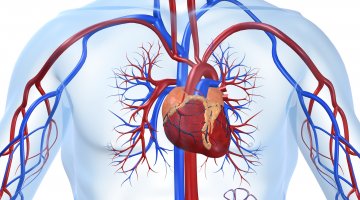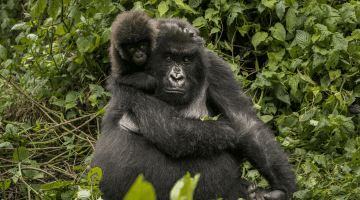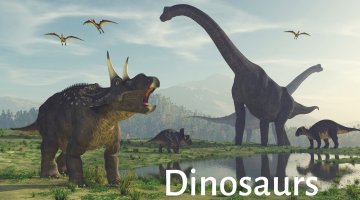DNA (deoxyribonucleic acid) is a long, spiraling molecule that carries the genetic codes that enable cells to reproduce. Although DNA was first isolated by Friedrich Miescher in 1869, it’s double helix structure wasn’t discovered until 1953 by James Watson and …[Continue]
Science Resources
This category is further divided into: Animals, Earth Sciences, Experiments, More Science, Pets, Scientists, Space, Weather, Your Body.Human Heart
Your heart is located in the upper left-hand side of your chest and if you place your hand there, you can feel it beating. The heart continually pumps blood to all parts of the body, and never stops beating, even …[Continue]
Gorillas
Gorillas are the largest of the apes and have no natural enemies except for man. They make their home in the rain forests of Africa, near the equator. I was amazed to learn they were not discovered by man until …[Continue]
Chemistry
Despite the common misconception that “chemical” means toxic and is the opposite of natural, chemistry is the study of all substances (natural and man-made, toxic and non-toxic). It involves the identification of the building blocks of matter, and the ways …[Continue]
Dinosaurs
Named from two Greek words meaning “terrible lizard,” dinosaurs first appeared about 220 million years ago, and then disappeared rather suddenly 63 million years ago. Dinosaurs capture our imagination in many different ways. Their tremendous size, their fearsome looks, and …[Continue]
Koalas
Although often called koala bears because of their resemblance to cuddly teddy bears, koalas are marsupials, not bears. Koalas are native to Australia and related to kangaroos and wombats. Learn more at these adorable koala sites….[Continue]
Tigers
As Dorothy, the Tin Man and the Scarecrow followed the Yellow Brick Road, they feared the animals they might encounter. “Lions and tigers and bears, oh my!” Today, a more realistic fear is the animals we might never encounter. Sadly, …[Continue]
Monarch Butterflies
In all the world, no butterflies migrate like the monarchs of North America. They travel up to three-thousand miles twice a year: south in the fall, and north in the spring. To avoid the long, cold northern winters, monarchs west …[Continue]
Magnetism
Magnetism is a force that attracts and repels things. It is the result of the movement of charged particles. Although the theoretical concept may sound difficult, it is easy to demonstrate to even young children with very simple experiments. Nickel …[Continue]
Meteor Showers
Meteor showers are cyclical, predictable events because they are formed from the icy rock debris shed by comets as they pass the Sun. The following sites explain why they happen, when they occur, and offer tips on how to best …[Continue]










